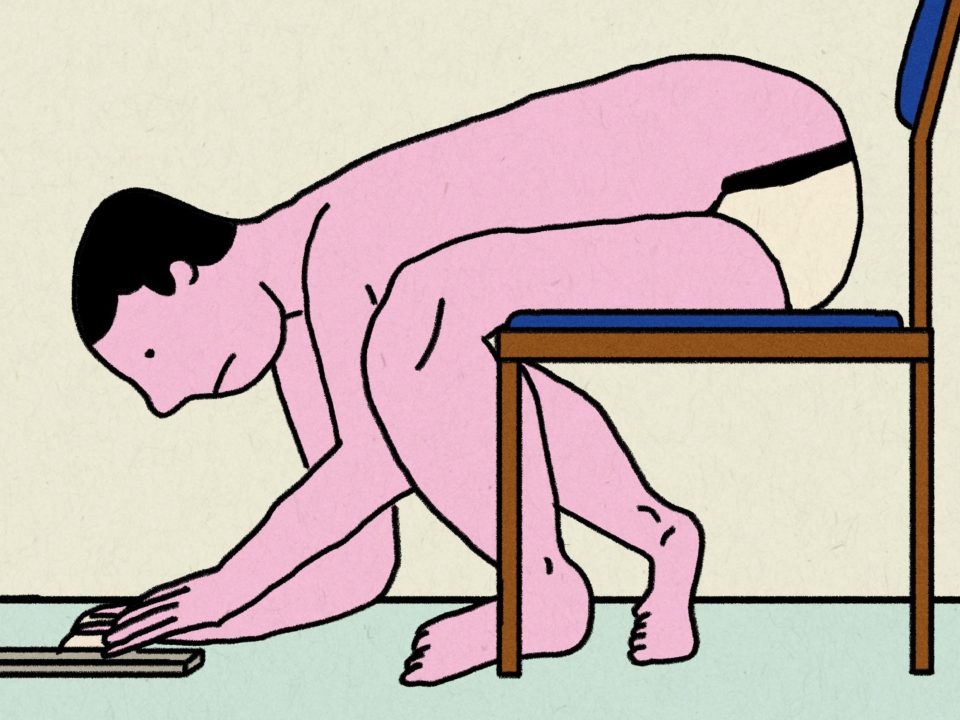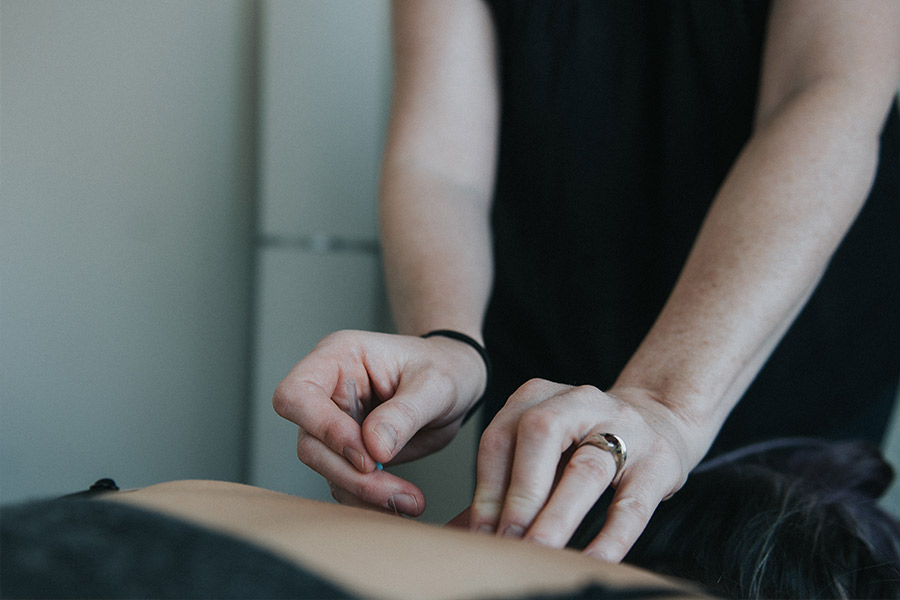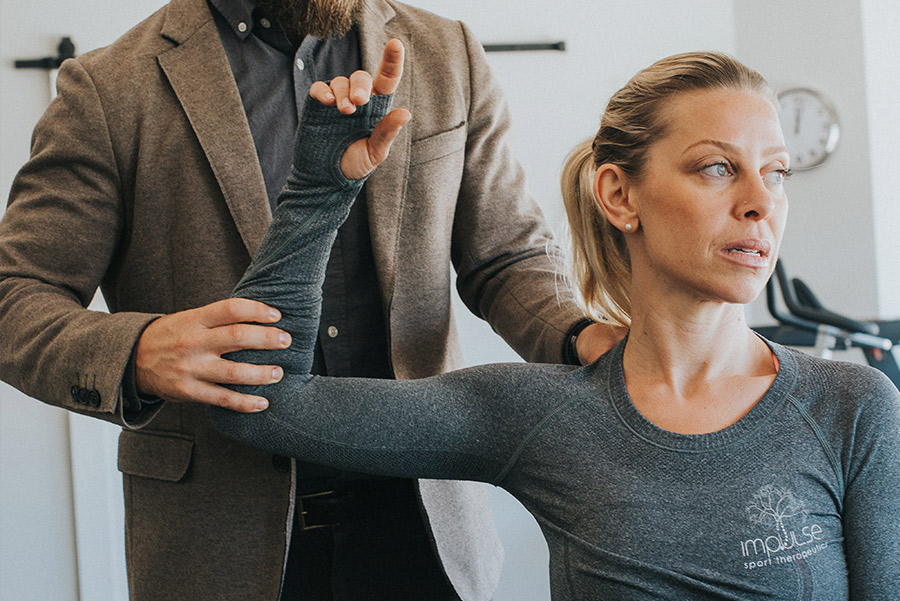Play It Safe With These Tips
Golf is a great recipe for athletic injuries. Sit in a cart or saunter down the fairway at a leisurely pace until reaching your ball. At which point you proceed to swing as hard as you can in a coiling, jerking, explosive motion in an attempt to get the ball closer to the pin and further from the water hazard. Few golfers consider the physical repercussions of a casual round or two until it’s too late.
Some of the most common golf injuries we see in our West Vancouver and Port Moody clinics include the dreaded “Golfer’s Elbow” also known as medial epicondylitis, mechanical lower back pain, knee and hip sprains and strains and rotator cuff shoulder injuries. Most, if not all of these injuries can be prevented or minimized by implementing some basic exercises outside of your 18 hole hack-fest.
The Golden Rules
First! Warm up and stay warm – take a few minutes before your round and do some basic dynamic warmup exercises and stretches. Gradually progress your swing from a light chip to a full out drive slowly with a few swings using each club in between. After your warm, try to stay that way! Continue to do your mobility exercises every few holes as a way to keep things loose and moving correctly. Remember, static stretching(holding a stretch for an extended period) should be saved for after activity and not part of a warmup!
Don’t have a dynamic warmup/mobility routine? See our physiotherapists, kinesiologists or chiropractors for a functional training session, and they’ll walk you through the in’s and out’s of a method that’s just right for you.
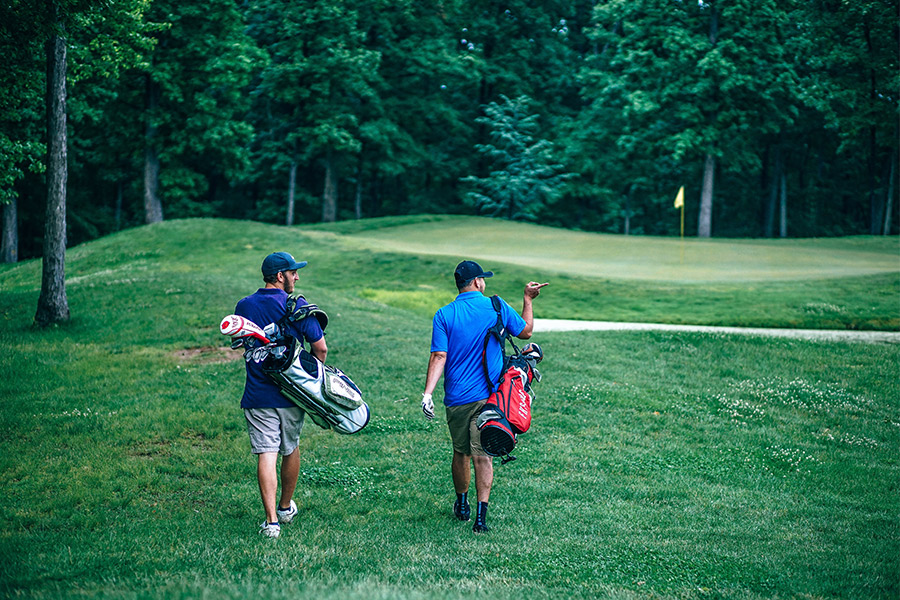
Make sure body parts are doing the job they’re intended to do – Certain joints and segments are responsible for different things. We can divide segments into two main classifications: Stability and mobility. If a joint meant for stability is to mobile, you’re at risk for injury.
If a joint meant to provide mobility is too rigid, you’re at risk for an injury. Mobile joints include the ankles, hips, thoracic(upper) spine, shoulders, and wrists. Segments primarily responsible for stability include the lumbopelvic region(core and butt), scapulothoracic(shoulder blade) and the muscles controlling the elbow.
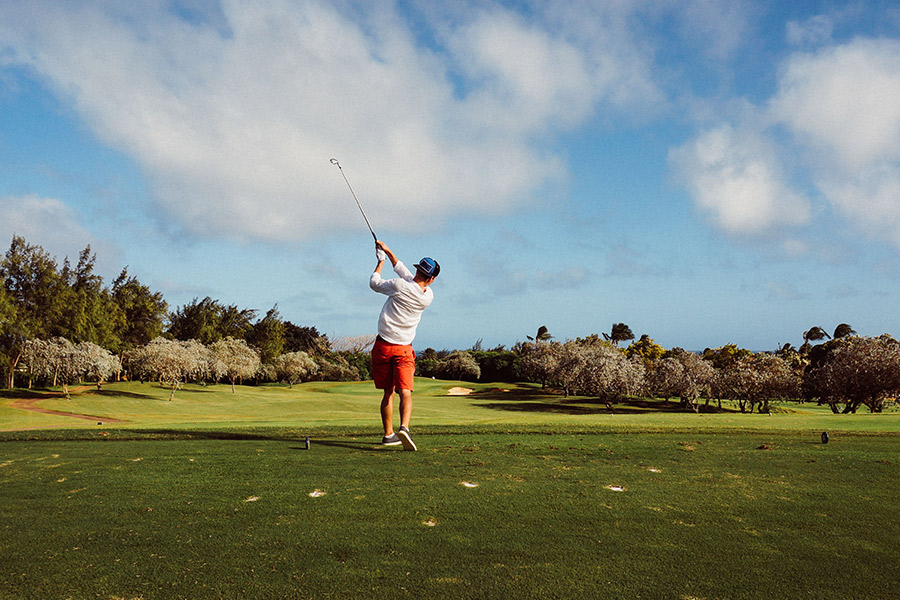
Train to be good at golf, not good at exercising – The SAID principle of exercise physiology states that tissues will respond with specific adaptations to imposed to demands. For those wanting to be better at golf, this means training with particular exercises that will make you better at golf.
Bicep curls won’t make you better at golf; they will make you better at bicep curls. Crunches and pushups won’t make you better at golf; they will make you better at doing crunches and pushups. Get the idea? You can incorporate exercises that are targeting specific movements that correlate with those used in golf OR exercises that target your personal weaknesses as identified by athletic screening or functional movement testing.
Don’t know your weaknesses? See our physiotherapists, kinesiologists or chiropractors for an athletic screening session!
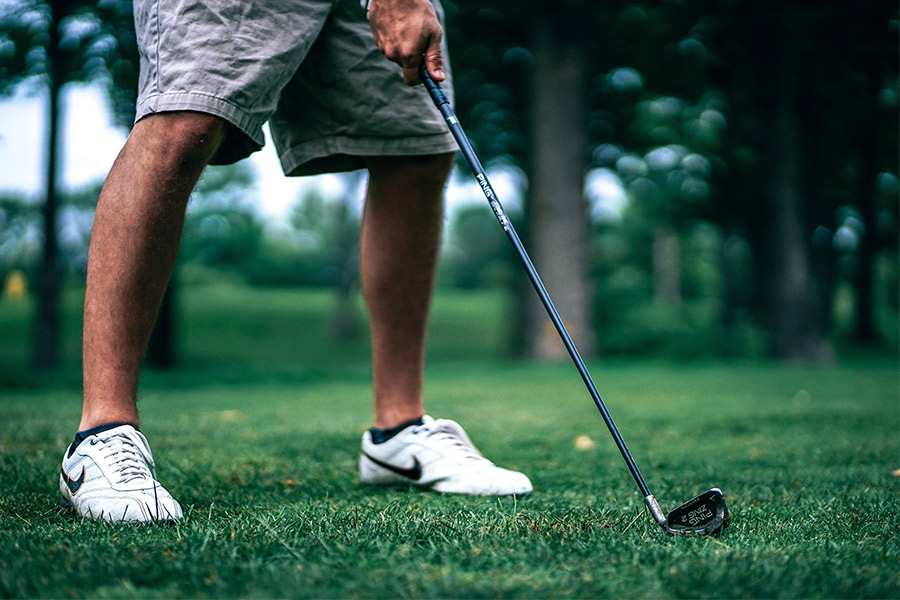
Injury Prevention Workshops
This is just a glimpse of what we covered in our July 19th workshop on Injury prevention for golfers. Book an appointment in Port Moody or West Vancouver, and we will dive deeper into these three rules and introduce a handful more to keep you healthy and playing your best game this year!
Steer Clear of Injuries
Preventing sports injuries in golf and any other sport is all about preparing the body for the task at hand. Working with professionals such as physiotherapists, kinesiologists or chiropractors to identify issues before they arise can help stop an injury before it even happens.
Book An Appointment
Visit our talented therapists in the West Vancouver Clinic or the Port Moody Clinic to see how they can help you!



